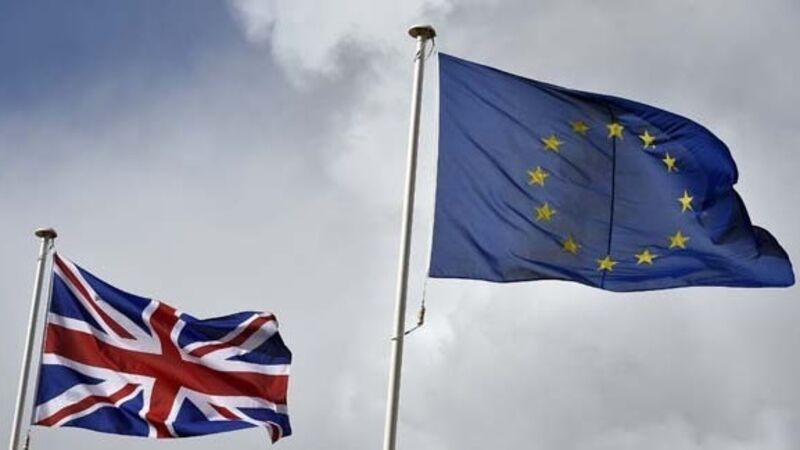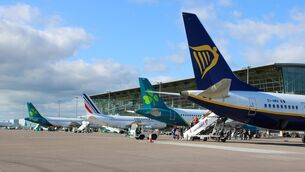Goldilocks story likely to be repeated next year

The past economic year was better than expected, as global growth strengthened and financial markets performed very well. Economics triumphed over politics.

However, in 2018, geopolitical risk may shift from background noise to event risk, in both advanced and emerging economics, but, then again, it will more likely just be a repeat of the past year.
A year ago, the consensus view of the world economy and markets, coming into 2017, was for a Goldilocks mix of strong growth, decent corporate profits, low volatility, a gradual drift higher in government bond yields, and a continued ‘melt up’ in equity markets.
If anything, the year proved even more resilient than many had hoped for. World stocks rose 20%, global economic growth was its strongest since 2010, market volatility fell to its lowest level on record, and ‘junk’ bond yields hit all-time lows.
It didn’t help to be a contrarian in 2017. At the start of the year, ‘secular stagnation’, ‘political risk’ and ‘weak recovery’ were the key themes of the doomsayers, but they quietly faded from the wider market discourse as, frankly, global growth and markets boomed.
Continued, central bank largesse and a surprisingly rosy economic backdrop, particularly in Europe, anchored market volatility, which provided the springboard for the global and cross-asset rally.
Here at home, we have had a few political scares, but the minority government is still standing, albeit under a new Taoiseach, Leo Varadkar. However, the overall economic picture remains very positive.
Brexit has moved on to the next phase, with firm commitments made from Britain that there will be no hard border between the North and South, irrespective of what the final exit deal with the EU looks like.
Any concerns over Brexit haven’t shown up in the key Irish economic indicators. When the final GDP figures for 2017 are eventually published, it is likely that Ireland will top the EU growth league table for the fourth year running, with real GDP growth of 7% on the cards.
More and more people are in work, and the jobless rate is edging ever closer to 6%, having been as high as 15.9% in late 2011, at the height of the financial crisis.
Despite sterling weakening on the foreign exchanges, as a result of Brexit concerns and a slowing UK economy, core Irish retail sales — excluding cars — held up remarkably well in 2017.
That said, there have been some negative effects from the weaker pound, most notably on food exports to the UK and a drop-off in the number of British tourists visiting Ireland. Still, the underlying picture, heading into 2018, remains fairly bright.
The US economy will start the new year in the perfect spot, though that would suggest that the only way is down. But, with the help of the proposed Trump tax cuts, the US economy could well see its best year of activity in over a decade, and the unemployment rate could drop to its lowest level in 50 years.
Meanwhile, the eurozone economy is in a similarly sweet spot to the US, but the growth cycle remains young and is only beginning to broaden out, so the ECB will remain reluctant to give up monetary policy support.
Growth in 2017 was the best in a decade and is only projected to be marginally weaker in 2018. This has to be positive for Ireland’s growth prospects over the next 12 months. Although Britain appears to have cleared a key hurdle in Brexit talks and focus can now move to discussion of a trade agreement, slow progress suggests that uncertainty will remain high.
Even if an eventual deal is likely, its terms will not be clear for some time.
In mid-December, the Central Bank published its second edition of the 2017 ‘Macro-Financial Review’ (MFR), which provided an overview of the current state of the macro-financial environment in Ireland.
Despite a global economic recovery that continues to strengthen, the review highlighted a range of risks to the Irish economy and financial system.
The risks identified in the latest MFR include Brexit, disruptions to global trade arrangements, and overheating and high levels of indebtedness, in both households and firms. The MFR noted that a Brexit-related slowdown in the UK economy could negatively affect Irish retail banks’ profitability in the long-term, as they continue to have significant exposures in the UK market.
Firms relocating to Ireland are likely to place additional pressure on an already tight Dublin property market, both residential and commercial.
This is coupled with the existing lack of infrastructure in transport and communications. The counter-cyclical capital buffer on Irish banks’ exposures, set by the Central Bank, remains at 0%.
This rate reflects the prevailing, subdued, if strengthening credit environment. While the Central Bank is justified in highlighting these risks, we don’t think they will be an issue for 2018.
Our main concern remains the Irish property market, with tentative signs that lack of supply could lead to over-heating and a repeat of what we saw during the height of the Celtic Tiger era.
But, the overall economic backdrop remains favourable for the time being, with every chance that 2018 will simply be a replay of 2017, as regards the main dynamics and Ireland’s growth figures.















